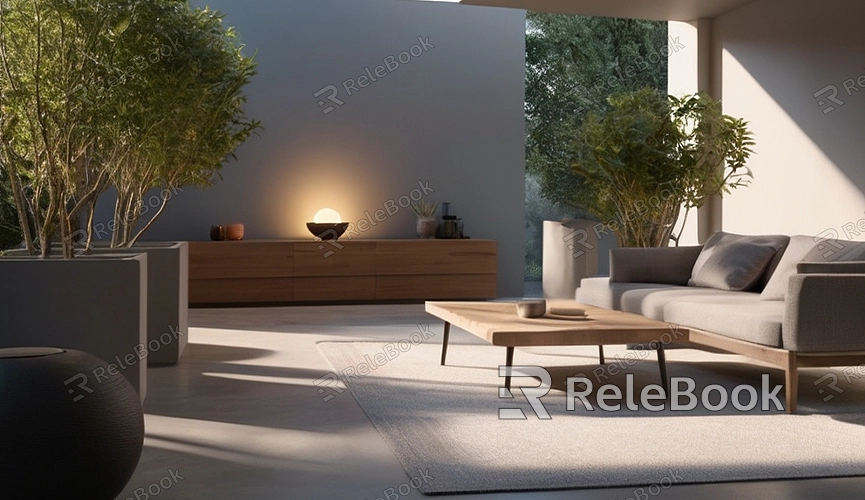How to Exit Render Window Blender
When working with 3D modeling and rendering in Blender, it's common to need to exit the render window after reviewing the rendered results to continue with other tasks. Exiting the render window might be a bit confusing for beginners. This article will detail how to exit the render window in Blender and share some tips for optimizing your workflow during rendering.
What is the Render Window
The render window in Blender is a dedicated window used to display rendered results. When you initiate a render, Blender generates an image or animation sequence that is displayed in this window. It allows you to instantly view the render output for adjustments and optimizations.
Methods to Exit the Render Window
There are several simple methods to exit the render window in Blender:
- Using Shortcut Keys: The most common and convenient method is to use shortcut keys. While in the render window, simply press the `Esc` key to exit and return to the main workspace.
- Using Menu Options: You can also exit the render window through menu options. In the top menu bar of the render window, click on the "Image" menu, then select the "Close" option to close the render window.

- Using the Close Button: If you prefer mouse operations, you can directly click on the close button located at the top right corner of the render window (usually an 'X' symbol) to close the render window.
Related Settings for Render Window
Understanding related settings for the render window can help you better control the rendering process and improve efficiency:
- Auto-Save Render Results: Before rendering, you can set Blender to automatically save render results. In the "Output Properties" panel, specify an output folder and choose an appropriate file format (such as PNG or JPEG). This ensures that even if you accidentally close the render window, the render results are saved.
- Render Region Selection: When rendering complex scenes, you can use the render region selection feature. Press `Ctrl + B`, then drag the mouse in the 3D view to select a rectangular area. Blender will only render the selected region, saving time and resources.
- Using Render Layers: Render layers help you separate and manage complex scene rendering for easier post-processing. In the "View Layer Properties" panel, you can add and manage render layers with different settings and object collections, allowing for more flexible control over the rendering process.
Common Issues with Render Window
When using the render window, you may encounter some common issues. Understanding these issues and their solutions can help you use Blender more smoothly:
- Render Window Not Displaying: If the render window fails to display after starting the render, it may be minimized or hidden. You can find the "Window" option in Blender's main menu and check if there's a "Render View" submenu. If available, click on it to reopen the render window.
- Poor Render Quality: If the render quality is not as expected, you can optimize it by:
- Checking lighting settings to ensure appropriate light source position and intensity.
- Adjusting material parameters and using high-quality textures and maps.
- Increasing sample counts to reduce noise and improve image quality.
- Long Render Times: Long render times may result from complex scenes or inefficient settings. Some ways to optimize render times include:
- Using simplified geometry instead of complex models.
- Reducing the number of light bounces in ray tracing.
- Adjusting tile size in the "Performance" panel to fit your CPU or GPU capabilities.
Mastering how to efficiently exit the render window and optimizing render settings are crucial when using Blender for 3D modeling and rendering. If you need high-quality 3D textures and HDRI or 3D model downloads for your projects, you can download them from Relebook. This can significantly enhance your workflow efficiency and ensure higher-quality final results. By applying these methods and techniques, you can better control Blender's rendering process and achieve optimal results with every render. Hopefully, this article helps you better understand and utilize Blender, enhancing your 3D modeling and rendering skills.

